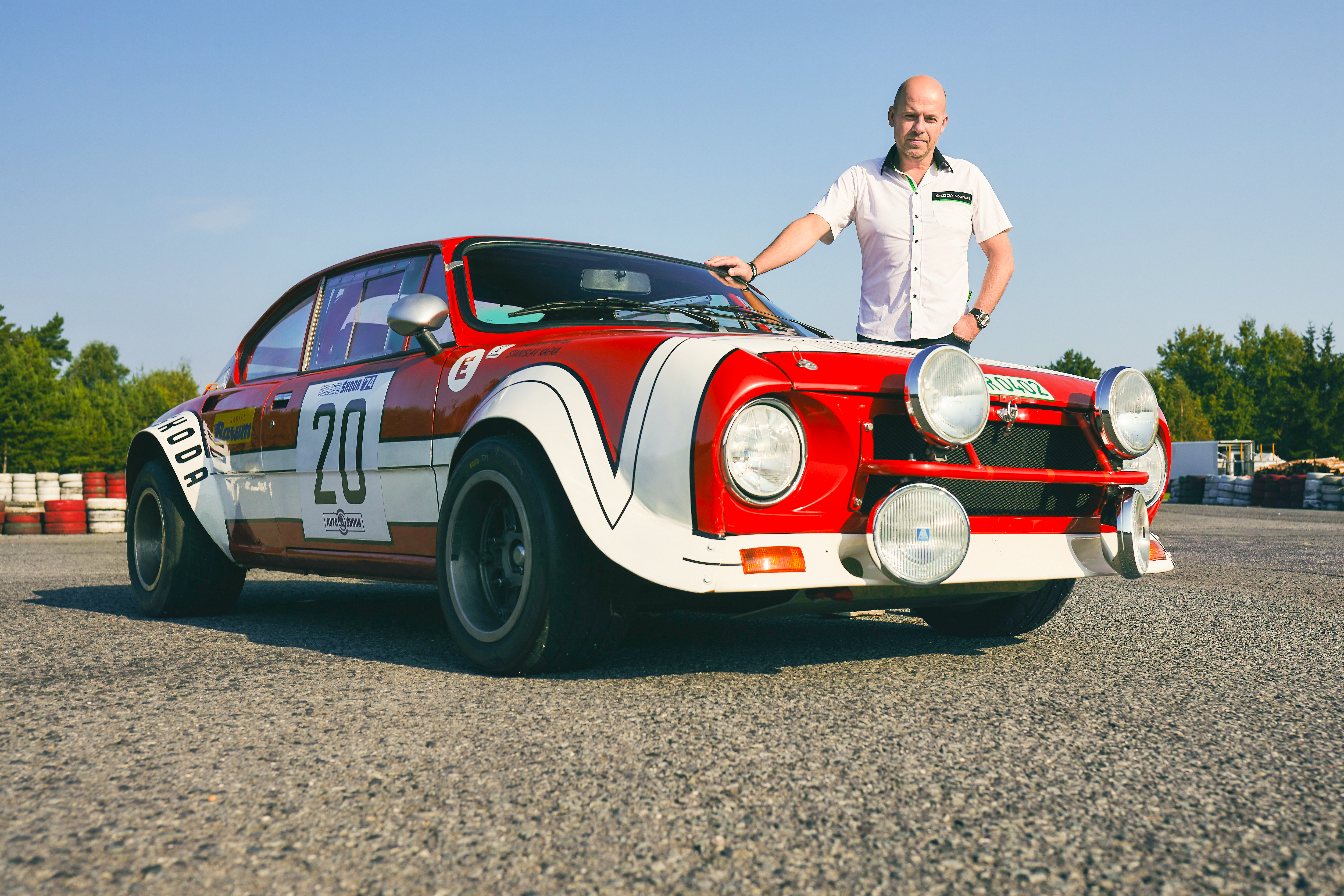Same as ever
He also says that he worked on his vision of a modern 200 RS in much the same way as he works on any other project. “The first thing I always do is reach for pencil and paper and do some sketching. Here, in my spare time, I put in about 10 minutes sketching the basic proportions and typical shapes, looking for what the car ought to have,” Daniel says. After finding the basic lines, he says, he moves on to working on the computer, where he elaborates on the theme. “I add details, colours, wheels,” he explains. In his spare time, he worked on the look of the modern 200 RS for about three weeks.

The result is stunning. The modern ŠKODA 200 RS undoubtedly references the original, while featuring a modern design and elements not found elsewhere in ŠKODAs, but at the same time it is a typical representative of the Czech brand.

























